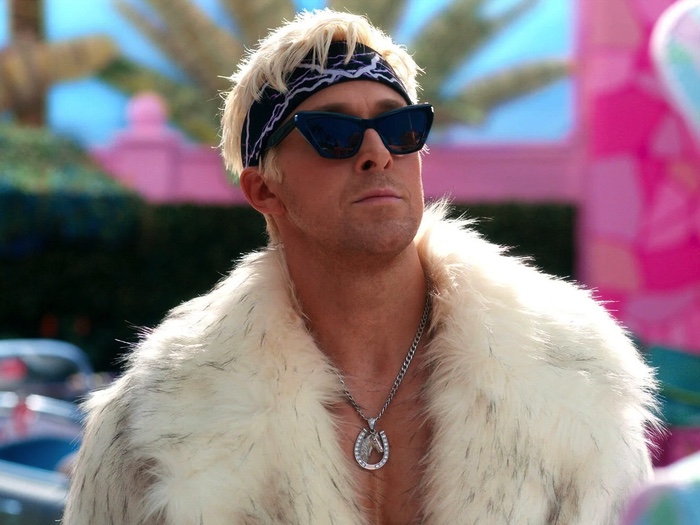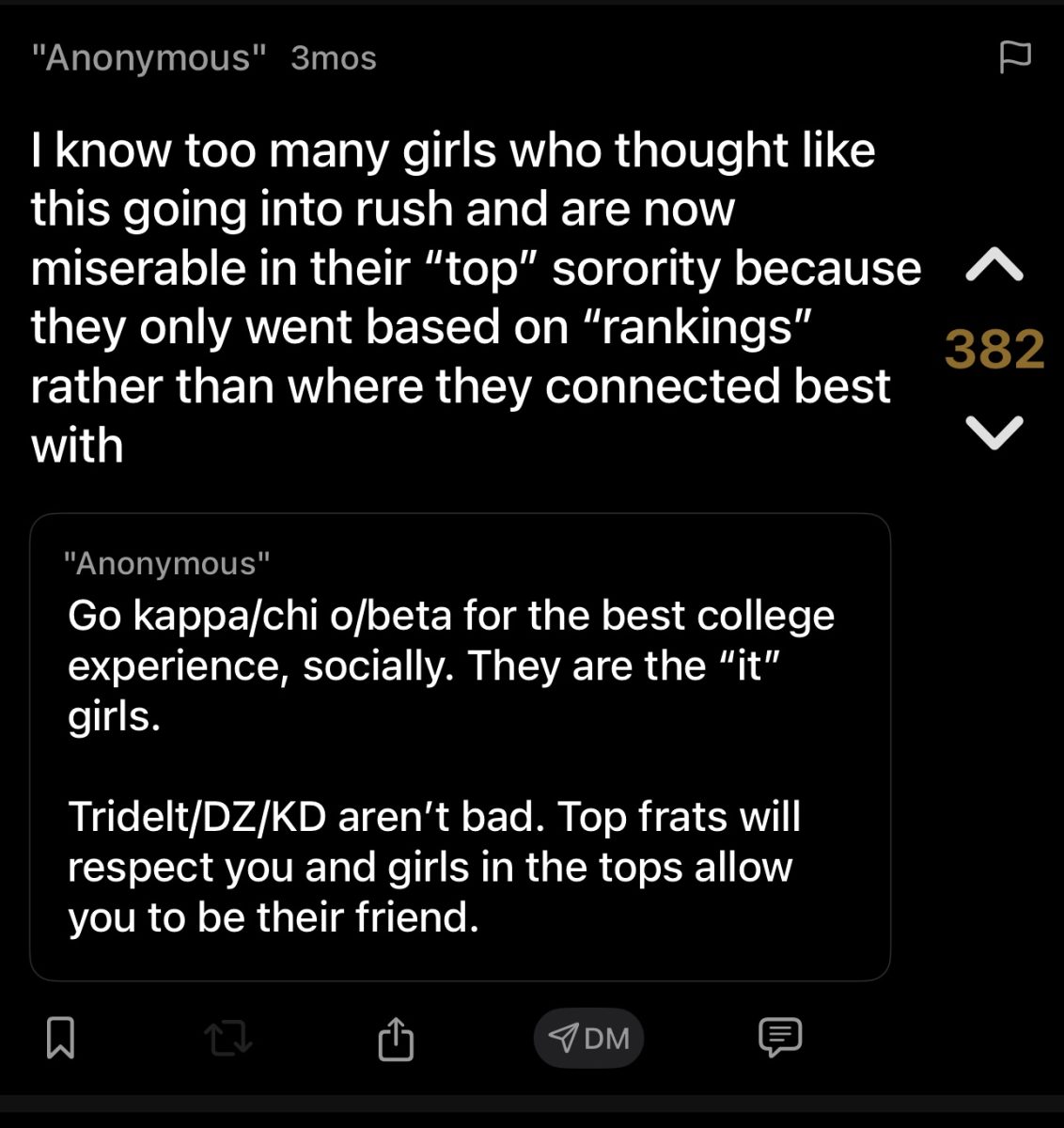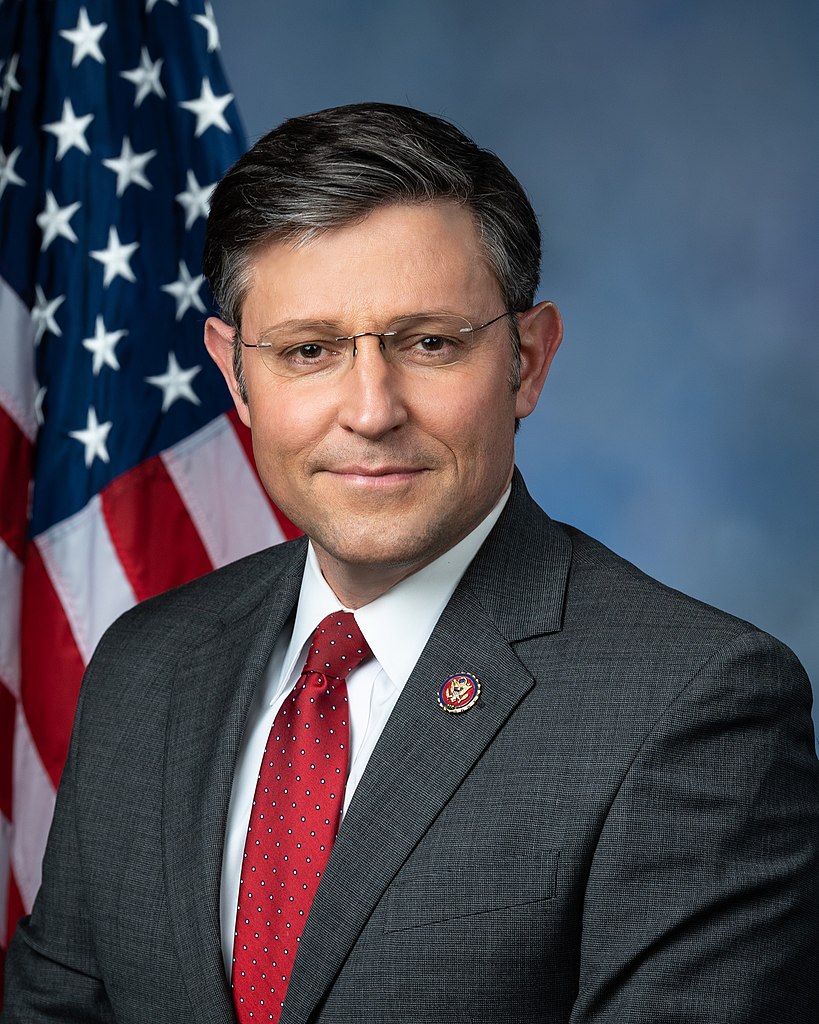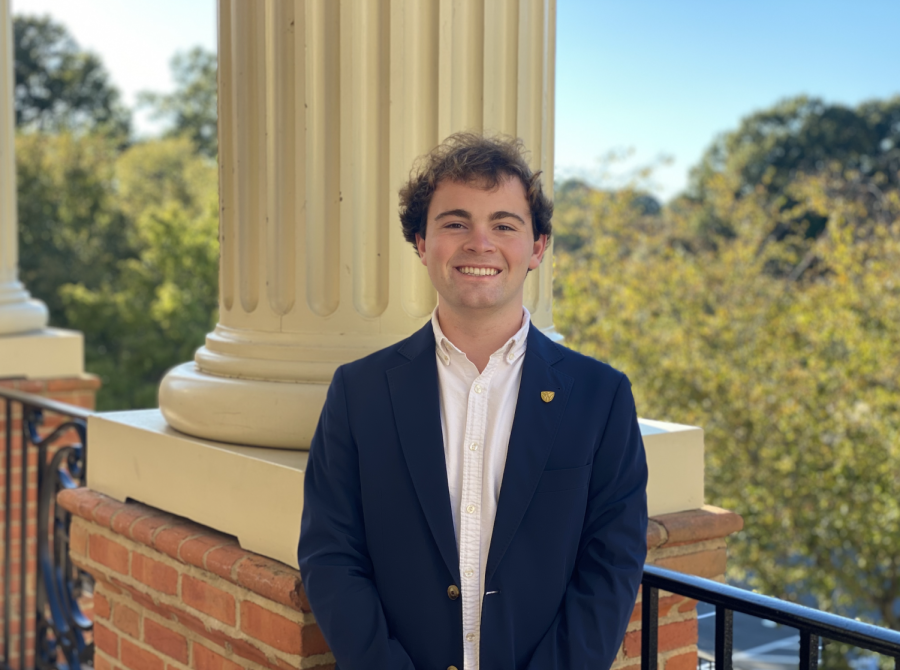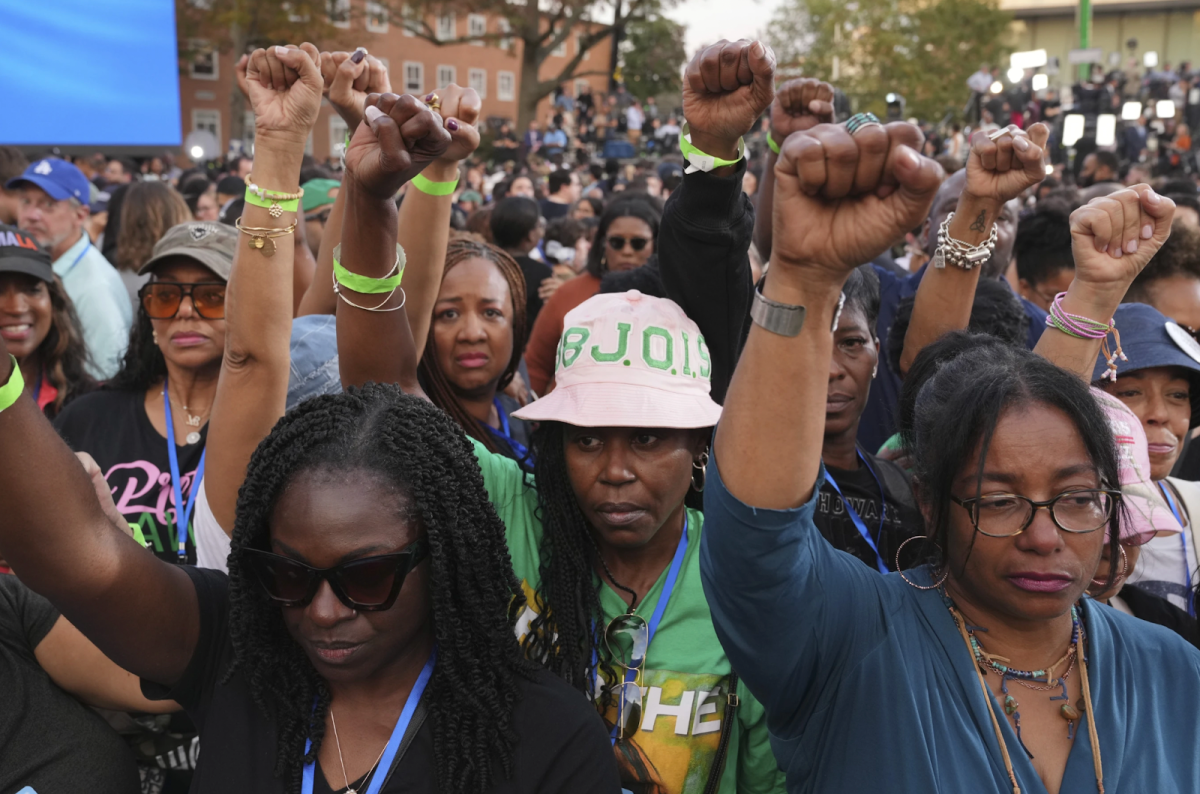Outrage culture is what those complicit in the perpetuation of harmful narratives call passionate and emotional objections to the status quo. Employing it in conversations about racism at Wake Forest is problematic.
The term supposes an incongruity between the severity of an issue, especially one concerning racism, sexism, homophobia or transphobia, and the magnitude of reactions it garners. It furthers the notion that liberal youths are emotional and easily offended. Derivations on the word “snowflake” became politicized insults in the 2010s, meant to suggest that those who take offense to problematic speech or content feel special. But a variety of people react outrageously to seemingly insignificant stimuli everyday: Tony-winning performer and singer Billy Porter wore a gown to the Oscars and garnered a slew of harsh criticism on social media; conservative pundits called Alexandria Ocasio-Cortez’s decision to pay her staffers a livable salary communism for an entire day on Fox News; when Starbucks removed Christmas imagery from its cups several years ago, many declared it a “war on Christmas”; and when Colin Kaepernick lead a coalition of NFL athletes in kneeling for the National Anthem, he was ousted from the league and fans burned his apparel.
Why are emotional reactions to painful imagery outrageous? Why is this label only applied to issues of political correctness and social justice? How are those whose identities are the subject of prejudice to react when many refuse to acknowledge their dignity, if not with outrage?
Addressing pressing issues of social justice is necessary to further contemporary discourses on critical and timely subject matter. Only by opening dialogues about the presence of racism on campus can progress be achieved. Considering Wake Forest is a primarily white institution, and considering that seventy-one percent of its student body comes from the top 20 of income earners, a serious conversation about racism and privilege at Wake Forest is critical.
Dismissing the visceral and passionate reactions to Dean of Admissions Martha Allman’s resurfaced yearbook photo as “outrage culture” reflects the unwillingness of white students to critically analyze their own positionality. Just as President Nathan Hatch is not in a position to accept Allman’s apology, nor are white students in a position to determine the validity of black students’ emotions.
The controversy surrounding the photo, as well as the anger and criticism resulting from the resurfacing blackface imagery in college yearbooks, has facilitated a conversation about the racialized lived experiences of college students that must not be discounted.
If you believe that Allman’s photo in front of a Confederate flag is inoffensive, consider whether you have experienced racism personally. Consider how your perception of reality differs from that of other students because of your unique lived experience. Now consider whether your conclusion regarding the inoffensive nature of Allman’s photo makes sense in the context of your lived experience. If you haven’t experienced racism, in its uncountable forms and unrelenting, systematic and humiliating ubiquity, it may make sense that you were not immediately angered by the dean of admissions’ proximity to racism. If you find yourself well-represented by the Wake Forest student body, it may not frighten you that the person responsible for shaping the university’s freshman class each year decided it was acceptable to pose with a symbol of racism while attending Wake Forest. A lack of personal experience with racism does not, however, excuse a willful ignorance to its presence at Wake Forest, nor to one’s involvement in perpetuating it.
It is important to understand that individuals perceive the world in the context of their personal experiences. It should not be the role of white students to assuage the racism of a white faculty member. Doing so only obscures a critically important discussion of racism and the white identity on college campuses. To suggest that outrage culture — not racism — is the problem at Wake Forest is precisely why serious conversations about whiteness are crucial.



